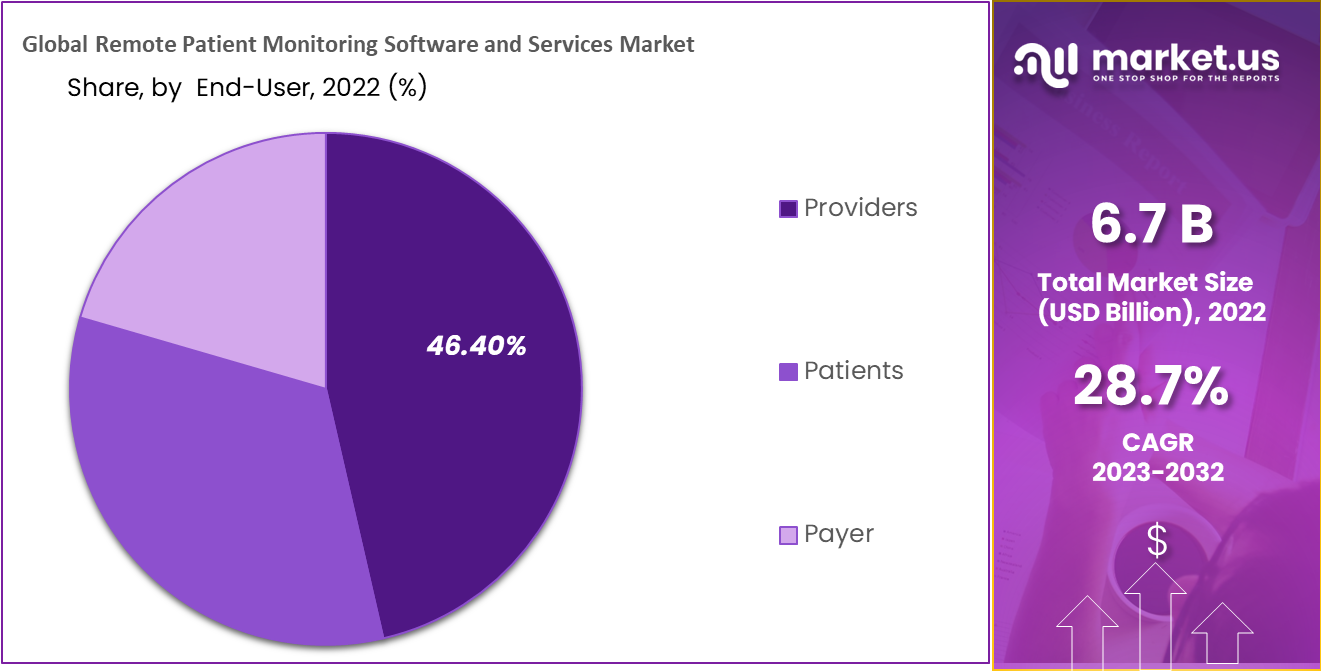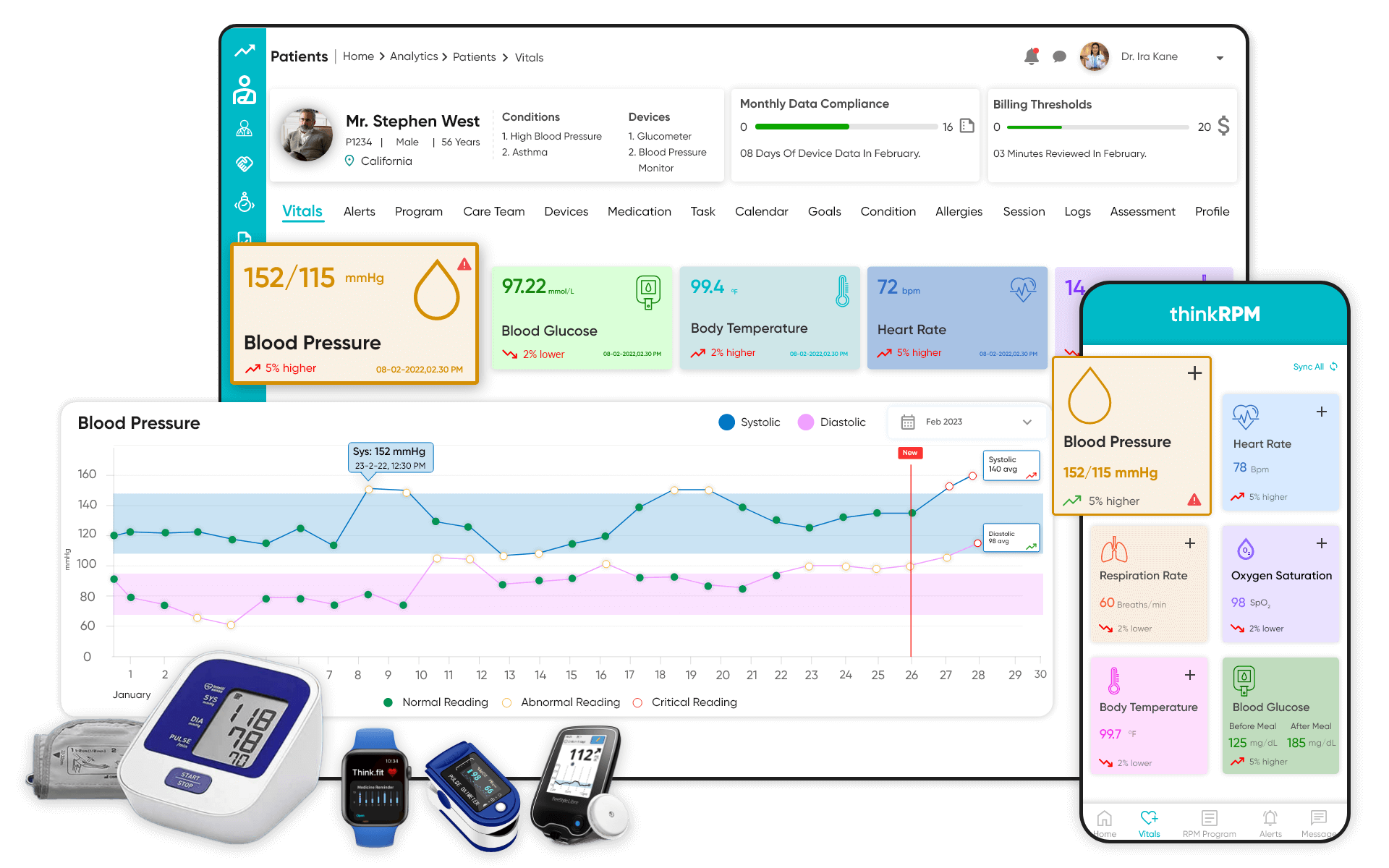Comprehensive Software for Remote Patient Monitoring: Improve Patient Treatment
Comprehensive Software for Remote Patient Monitoring: Improve Patient Treatment
Blog Article
The Future of Healthcare: Remote Client Keeping An Eye On Simplified
As healthcare continues to advance, one location that holds tremendous promise is remote individual monitoring. With a focus on boosting patient results and enhancing medical care delivery, remote surveillance is positioned to transform the sector.
Advantages of Remote Person Tracking
Remote patient surveillance offers a multitude of advantages for both medical care service providers and people alike. One considerable benefit is the ability to continually check clients' essential signs and health and wellness data from another location. This real-time surveillance makes it possible for healthcare providers to find any kind of worrying modifications or patterns promptly, leading to early interventions and potentially preventing medical emergencies. Furthermore, remote individual monitoring improves the overall top quality of care by offering an extra holistic and detailed sight of individuals' wellness status past typical in-person check outs.
Furthermore, remote patient monitoring can bring about better person outcomes and contentment. Individuals can take pleasure in the benefit of getting care in the comfort of their very own homes while still recognizing that their health and wellness is being carefully checked. This can cause enhanced client interaction and adherence to treatment plans, eventually bring about better wellness outcomes. Furthermore, remote tracking can reduce the need for constant healthcare facility visits, lowering healthcare expenses for both suppliers and clients. Generally, the benefits of remote client monitoring are clear, making it a beneficial device in contemporary health care shipment.
Innovation Driving Remote Tracking
In the realm of modern-day medical care, technological improvements play an essential role in driving the development and effectiveness of remote person tracking. The combination of innovative modern technologies such as wearable gadgets, mobile applications, and cloud-based systems has revolutionized the way medical care companies from another location manage and keep an eye on patient health and wellness - software for remote patient monitoring. These modern technologies make it possible for continuous real-time surveillance of essential signs, drug adherence, and other essential health and wellness information, enabling timely treatments and personalized care strategies
One trick technology driving remote surveillance is the Internet of Points (IoT), which makes it possible for smooth connection between medical tools and medical care systems. IoT tools such as smartwatches and cordless sensing units transmit and collect person data to central platforms, assisting in remote monitoring from throughout the world. Expert system (AI) and maker understanding formulas further improve remote monitoring by examining vast amounts of client information to detect patterns, forecast wellness patterns, and sharp healthcare service providers to possible problems.
Impact on Health Care Delivery
With the assimilation of advanced technologies driving remote patient surveillance, the effect on health care delivery is ending up being transformative and increasingly profound. Remote individual monitoring allows doctor to provide more proactive and tailored like people, leading to boosted health outcomes and decreased hospital admissions. By remotely tracking vital indications, signs, and medication adherence, medical care experts can intervene early, preventing difficulties and improving the overall high quality of care.
Additionally, remote monitoring boosts access to medical care solutions, specifically for individuals in country or underserved areas. Individuals can obtain continual tracking and support from their homes, removing the requirement for constant in-person visits. This not only saves time and minimizes costs for both clients and health care facilities but additionally lessens the threat of exposure to infectious conditions, an essential factor to consider in the existing health care landscape.
Additionally, remote individual surveillance enables healthcare service providers to better prioritize and allocate resources care based on real-time information. By recognizing risky people and stepping in without delay, healthcare distribution ends up being extra reliable and effective, ultimately leading to a much more lasting and patient-centered healthcare system.
Improving Client Outcomes

Additionally, RPM permits proactive administration of persistent problems, decreasing the probability of intense worsenings and hospital readmissions. People benefit from increased comfort and comfort, as they can get treatment in their own homes while staying connected to their doctor. This continual monitoring not just boosts individual complete satisfaction but likewise promotes a feeling of empowerment and interaction in their own wellness management.
Future Trends in Remote Monitoring
Accepting cutting-edge modern technologies in remote person surveillance is forming the future landscape of health care delivery. One substantial trend is the raised usage of wearable devices and sensing units to accumulate real-time information, making it possible for healthcare service providers to keep track of people continuously without the demand for frequent in-person gos to.

Additionally, telehealth platforms are becoming much more sophisticated, allowing for online assessments, remote medical diagnosis, and remote patient monitoring done in one integrated system (remote patient monitoring platform). This alternative technique to remote tracking is improving healthcare distribution, enhancing client contentment, and ultimately, boosting overall quality of care
Verdict
To conclude, remote patient monitoring provides many benefits in healthcare delivery, driven by advancements in technology. It has the prospective to improve person results and transform the method health care is delivered. Future trends in remote surveillance will remain to form the landscape of medical care, giving chances for even more reliable and personalized person treatment.
Remote person monitoring presents a wide variety of advantages for both healthcare service providers and patients alike. Additionally, remote client tracking enhances the overall top quality of care by giving an extra thorough and all natural view of people' health condition past conventional in-person visits.
Moreover, remote patient surveillance can lead to enhanced patient end results and satisfaction. Remote individual tracking enables health care providers to offer more tailored and proactive treatment to clients, leading to enhanced health end results and decreased medical facility admissions. Remote individual tracking (RPM) plays a considerable function in boosting client outcomes by supplying continual, real-time information that makes it possible for medical care service providers to interfere directory quickly and adjust therapy strategies as needed.
Report this page